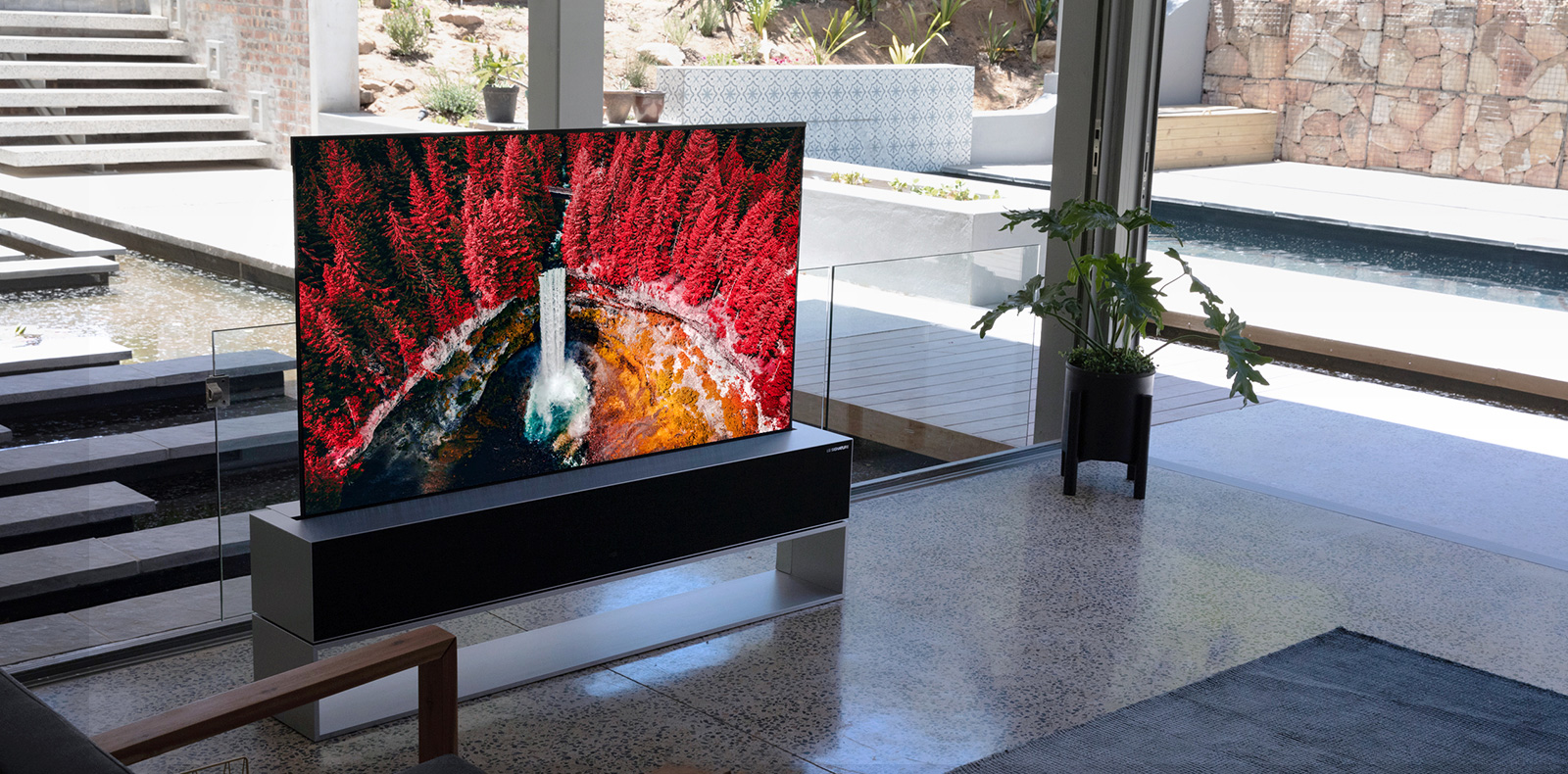OLED TV maker LG Display is getting cosy with Disney, it seems, after an announcement of a three-year partnership between the OLED panel manufacturer and the massive entertainment conglomerate.
LG Display is now set to provide Disney's StudioLAB department with "access to the latest advancements in OLED technology" and "new production tools", in order to create new kinds of viewing experiences "tied to the Studio's film releases".
StudioLAB is essentially an incubator for storytelling techniques using the latest next-gen technology – so it makes sense that OLED would be high on its list of collaboration technologies. But what would it be used for?
OLED offers a host of viewing advantages, such as its exceptional brightness control – given even pixel can be individually turned on and off – allowing for incredibly deep blacks and excellent contrast between light and dark areas of a screen. Color recreation tends to be knockout, too. OLED TVs are already often used as mastering monitors by Hollywood studios; indeed, that's the main selling point of the Panasonic HZ2000, which is touted by Hollywood colorist Stefan Sonnenfeld, who worked on Star Wars movie The Force Awakens, among other blockbuster films.
- Here are the best OLED TVs
- What is OLED? Every question answered
- Disney Plus price: how to sign up
“The OLED suite of products provides us with the picture quality that we need to ensure the best viewing experience possible for our filmmakers and our fans,” said Eddie Drake, Head of Technology at Marvel Studios. “Whether we are evaluating contrast and color accuracy or testing extreme viewing angles, OLED displays have demonstrated why their exceptional picture quality is in a league of its own, and we look forward to seeing how OLED technology advances for years to come.”
What's new?

StudioLAB's director of innovation partnerships, Matthew Deuel, writes that "we need to quickly develop and test new types of experiences, now more than ever".
There's an eternal race to create the next big thing in cinematic viewing, even to the point of folly. Back in 2018, Cineworld unveiled a three-sided screen movie theater technology called ScreenX, ostensibly to provide more immersion during films – a kind of large-scale VR view where you could see the action on either side of you too. Some inconsistent implementation, though (the side screens would only come 'on' at specific intervals during a film) and a general sense of distraction in the periphery, means it hasn't caught on.
When it comes to OLED, there's plenty of innovation entering the market too, such as with LG's rollable OLED, or the occasional transparent OLED we hear about.
It's likely we won't see the fruits of this collaboration for a while yet though, and it's very possible the outcomes will end up as forgettable displays used for retail or theme parks (you know, when they reopen).
StudioLAB does work on a number of VR, AR and MR (virtual, augmented, and mixed reality respectively) experiences, so it's possible we'll see some overlap here.
We doubt we'd see any content that could only be viewed by OLED TVs at home (say, rather than on LCD or QLED), in case that's where your mind went – if just because of the splintering of the viewing audience that could create. If OLED continues to provide the benchmark for how good Disney and Marvel movies should look on the best TVs, though, we're not complaining.
from TechRadar - All the latest technology news https://ift.tt/2HsrkpV
via IFTTT


0 التعليقات: